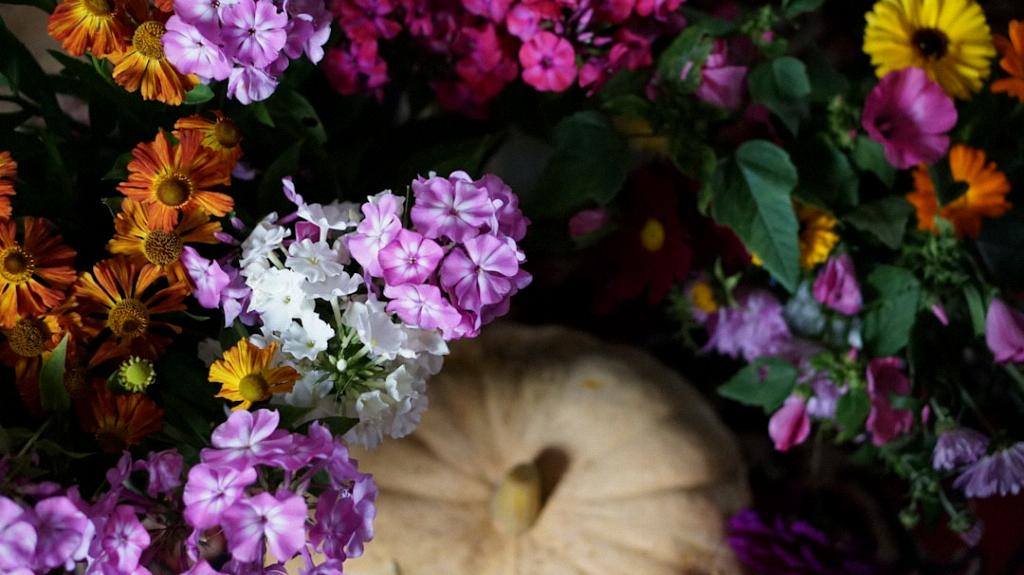Creeping phlox, also known as Phlox subulata, is a beautiful perennial plant that can be easily propagated through softwood cuttings. If you’re looking to expand your garden or share the beauty of creeping phlox with others, propagating this charming plant is a rewarding and straightforward process.
1. Selecting the Right Time for Propagation
To successfully propagate creeping phlox, it’s essential to choose the right time of year. The ideal time to take softwood cuttings is in spring when the plant is actively growing. Look for young shoots that are not yet flowering for the best results.
2. Gathering Your Materials
Before you begin the propagation process, gather all the necessary materials. You’ll need a sharp pair of pruners or scissors to take the cuttings, a clean pot for planting, well-draining potting mix, and a propagator or a pot covered with a polythene bag to create a humid environment for rooting.
3. Taking the Cuttings
When taking softwood cuttings of creeping phlox, make sure to choose healthy shoots that are about 4-6 inches long. Using your pruners, snip the shoots just below a leaf node to encourage root development. Remove any flowers or buds from the cutting.
4. Preparing the Cutting for Planting
After taking the cuttings, remove the lower leaves from the stem, leaving only a few leaves at the top. This will help reduce moisture loss and encourage root growth. Dip the cut end of the stem in a rooting hormone powder to promote rooting.
5. Planting the Cutting
Fill a small pot with well-draining potting mix and make a hole in the center using a pencil or your finger. Gently insert the cutting into the hole, making sure the leaves do not touch the soil. Firm the soil around the stem to provide support.
6. Creating a Humid Environment
To encourage root development, place the pot with the cutting in a propagator or cover it with a polythene bag to create a humid environment. Make sure the cutting receives bright, indirect light and maintain a consistent level of moisture in the soil.
7. Monitoring Growth
Check on the cutting regularly to monitor its progress. Within a few weeks, you should start to see new growth and roots forming. Be patient with the process, as rooting can take several weeks to a few months depending on environmental conditions.
8. Transplanting the Rooted Cutting
Once the cutting has developed a healthy root system, it’s time to transplant it into a larger pot or directly into the garden. Choose a sunny spot with well-draining soil for your new creeping phlox plant to thrive.
9. Caring for Newly Propagated Creeping Phlox
After transplanting, water the newly propagated creeping phlox thoroughly and continue to provide it with adequate sunlight and moisture. Regularly check for pests and diseases, and prune as needed to promote healthy growth.
10. Sharing Your Success
Now that you’ve successfully propagated creeping phlox, consider sharing your new plants with friends, family, or fellow gardening enthusiasts. Spread the beauty of this versatile plant and inspire others to try their hand at propagation.
11. Enjoying the Fruits of Your Labor
As your propagated creeping phlox plants grow and bloom, take pride in the fact that you played a role in expanding their presence in your garden or community. Enjoy the colorful flowers and the ground-hugging foliage that creeping phlox is known for.
12. Conclusion
Propagating creeping phlox through softwood cuttings is a rewarding and fulfilling experience for any gardener. With the right timing, materials, and care, you can expand your garden with beautiful new plants that will bring joy and beauty for years to come.

